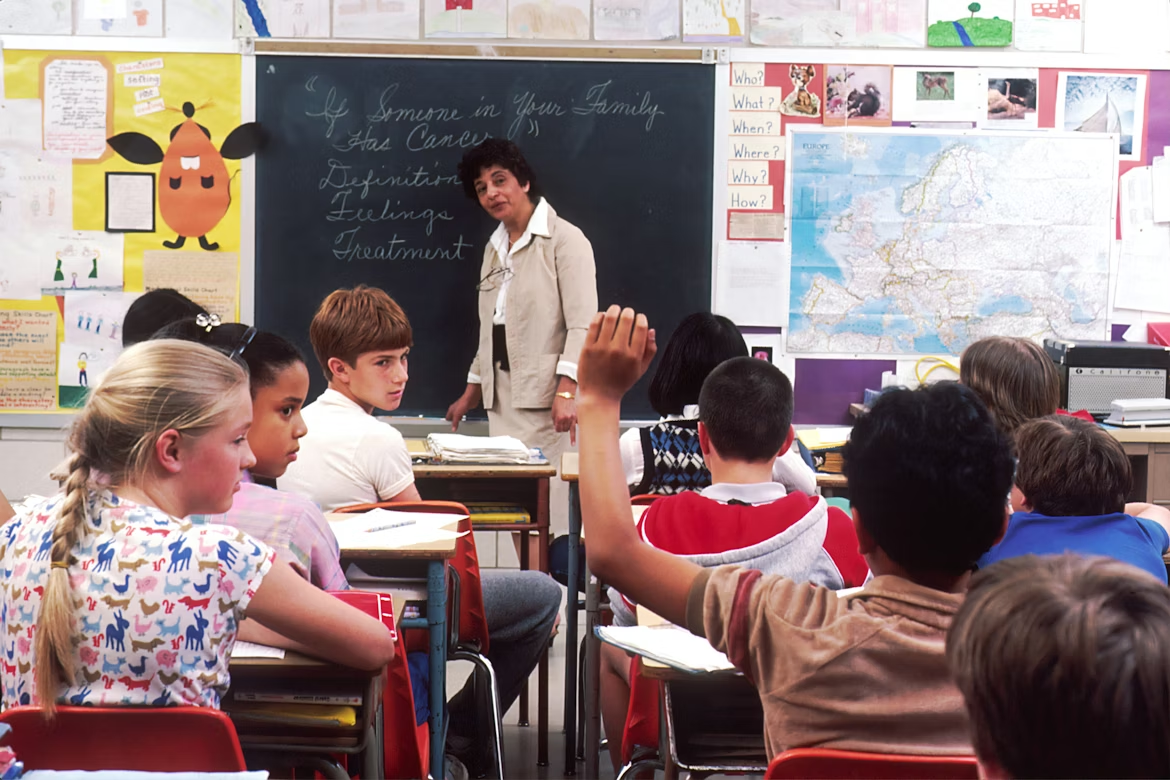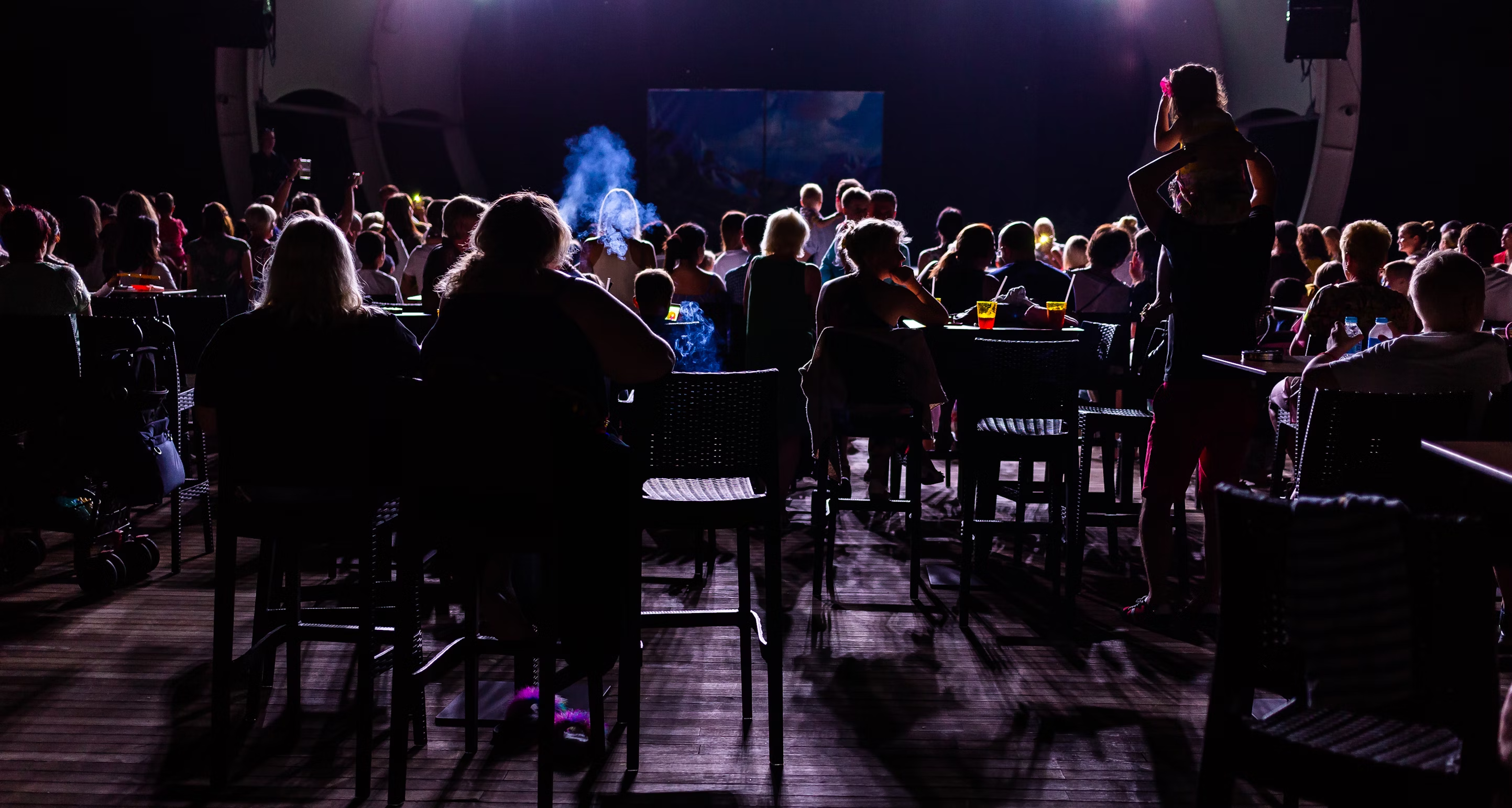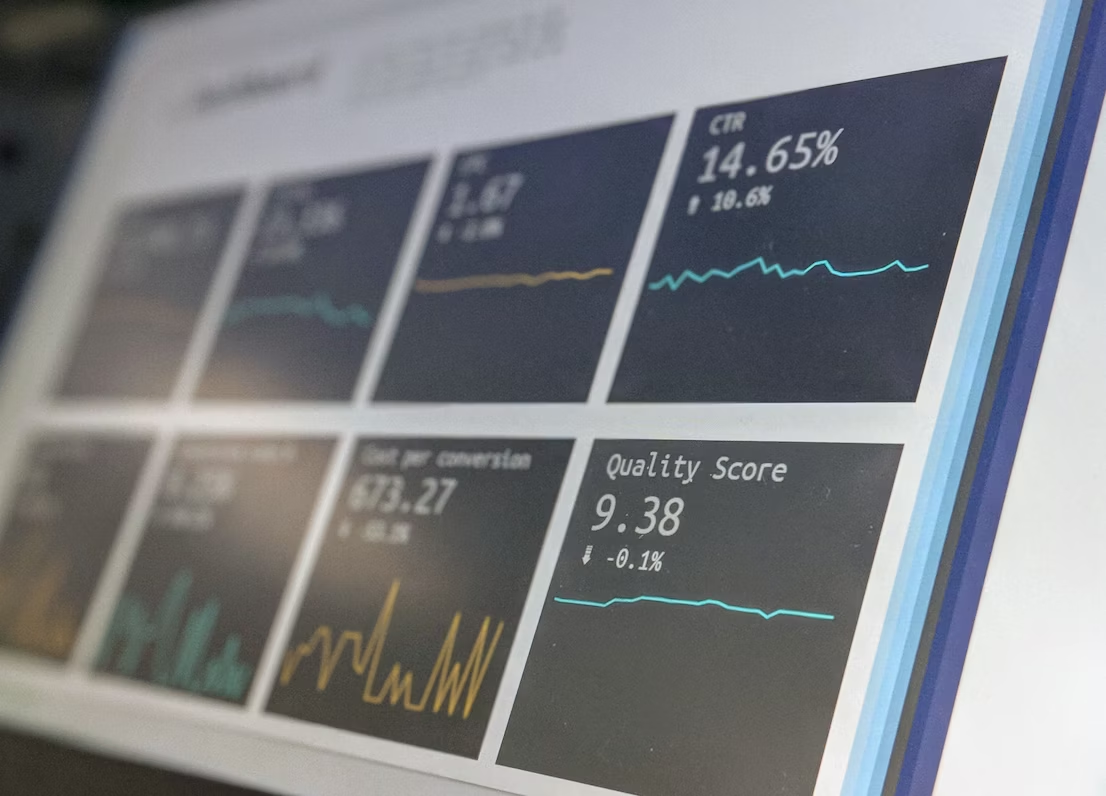Imagine, for a moment, the world as a giant stage. Every nation, its own unique act. This is the essence of global theater, a fascinating realm where diverse cultures, languages, and performing styles converge to create a spectacular, boundary-pushing spectacle.
1. Explore the concept of Global Theater
When we talk about Global Theater, we're referring to a form of performance arts that transcends geographical boundaries. It's not confined by language, culture, or tradition. Rather, it's a celebration of diversity, an amalgamation of different theatrical styles, and an exploration of universal themes.
Picture Romeo and Juliet set in an African savannah, or a Japanese Noh play performed in the heart of New York City. That's the beauty of global theater—it breathes new life into classic narratives and draws from various cultural wellsprings to create a communal, shared experience.
In the sphere of global theater collaborations, this concept is pushed even further. International artists come together, pooling their creative resources to produce a unique theatrical experience. These collaborations can take on many forms:
- Joint productions: Here, theater companies from different countries co-produce a play. They share resources, expertise, and creative input, allowing for a truly global interpretation of the narrative.
- Artist exchanges: In this format, artists from one country travel to another to participate in a local production. This gives them the opportunity to immerse themselves in a different theatrical tradition and bring back fresh insights to their home base.
- Cross-cultural adaptations: This involves adapting a play from one culture to fit another. It's a delicate process that requires a deep understanding of both cultures to ensure the integrity of the original work is preserved while making it accessible to a new audience.
The essence of global theater collaborations, then, is about breaking barriers and fostering understanding. It's about finding a common language in the universal human experience—one that resonates with audiences around the world, regardless of their cultural background. In the next section, we'll look at some examples of these collaborations and see how they've succeeded in bridging the global theater divide.
2. Unveil the Role of International Collaborations in Theater
It's time to peel back the curtain and take a closer look at the role of international collaborations in theater. These collaborations play a pivotal role in the evolution of global theater, acting as the lifeblood that keeps this vibrant art form pulsating with fresh ideas and perspectives.
One of the biggest impacts of international collaborations is the way they enrich the tapestry of global theater. By bringing together artists from different corners of the world, these collaborations infuse the theatrical landscape with a diverse range of narratives, theatrical styles, and cultural expressions.
Let's break down these benefits:
- Diversity of Narratives: When theater artists from different cultures collaborate, they introduce new stories and perspectives to the scene. These narratives, steeped in their cultural context, provide audiences with a richer, more complex understanding of the world.
- Fusion of Theatrical Styles: International collaborations also lead to a blend of theatrical styles. Imagine a Greek tragedy performed with elements of Chinese opera, or a Shakespearean play infused with the rhythms of African dance. This fusion results in a dynamic, vibrant form of theater that pushes the boundaries of creativity.
- Cultural Exchange: International collaborations foster a meaningful exchange of cultural ideas and values. They provide a platform for dialogue and mutual understanding, helping to break down stereotypes and promote cultural sensitivity.
Moreover, these international collaborations also serve a practical purpose. In an era where theater companies are constantly grappling with financial constraints, these collaborations offer a way to pool resources, share costs and reach broader audiences.
However, these collaborations are not without their challenges. From language barriers to cultural differences, there's a multitude of obstacles that theater companies need to navigate. But as we'll see in the next section, these hurdles can be overcome with the right approach and mindset.
3. Analyze Successful Case Studies of International Collaborations
Now that we've unveiled the role of international collaborations in theater, let's take a moment to spotlight some shining examples. These case studies illustrate the power of global theater collaborations in fostering creativity, diversity, and cultural exchange.
The Royal Shakespeare Company and the National Centre for the Performing Arts, China
This collaboration between the UK's Royal Shakespeare Company (RSC) and China's National Centre for the Performing Arts resulted in a groundbreaking performance of "King Lear". The play, which is a staple in Western theater, was presented through the lens of Chinese culture and aesthetics. By doing so, the collaboration not only offered a fresh take on a classic play, but also facilitated a rich cultural exchange between East and West.
Some highlights of this collaboration include:
- The use of traditional Chinese instruments to create a unique soundscape
- The integration of Chinese opera elements into the performance
- A bilingual script that blended English and Mandarin, mirroring the blend of cultures
The Wooster Group and the New Rambler Theater, Russia
Another prime example of successful global theater collaborations is the partnership between the US-based Wooster Group and Russia's New Rambler Theater. Together, they produced a bilingual version of Anton Chekhov's "The Three Sisters". This collaboration brilliantly fused Russian literature with American performance techniques, resulting in a play that was both familiar and novel.
Key aspects of this collaboration:
- A dual-language script, with the Russian text being spoken by the Russian actors and the English text by the American actors
- The use of video projections to provide real-time translations
- A blend of theatrical styles, combining the Wooster Group's experimental approach with the New Rambler's classical training
These case studies offer a glimpse into the potential of international collaborations in theater. By bridging cultural divides and pushing creative boundaries, these global theater collaborations pave the way for a more diverse, inclusive, and innovative theatrical landscape.
4. Discuss the Challenges and Solutions in International Collaborations
International collaborations can be a catalyst for incredible creativity and cultural exchange. However, as with any venture that spans borders and cultures, there can be challenges. Let's take a look at some of the common hurdles in global theater collaborations and how they can be handled.
Language Barriers
One of the most obvious challenges in international collaborations is the language divide. When a production involves artists from different linguistic backgrounds, misunderstandings can occur and nuances may be lost.
Solution: Incorporating bilingual scripts, subtitles, or real-time translation technology can help bridge the language gap. Creating a common language through the universal elements of theater—movement, emotion, music—can also prove effective.
Cultural Differences
Divergent cultural norms and expectations can lead to confusion or miscommunication. For instance, certain gestures or expressions might have different connotations in different cultures.
Solution: Open dialogue about cultural differences and similarities can be enlightening. The process of creating theater can itself become a tool for cultural exchange and understanding.
Logistical Challenges
Coordinating rehearsals, performances, and other logistics across different time zones can be daunting. Additionally, there may be visa issues or other bureaucratic hurdles to overcome.
Solution: Leveraging technology for virtual meetings and rehearsals can alleviate some of these challenges. As for bureaucratic issues, advance planning and legal advice can be invaluable.
Artistic Differences
In a global theater collaboration, there may be contrasting artistic philosophies and practices. These differences can be a source of tension, but they can also be a source of innovation and growth.
Solution: Respect for each other’s artistic vision is key. Embracing the opportunity to learn from one another can turn these differences into a strength rather than a weakness.
In the end, the challenges in global theater collaborations are as varied as the collaborations themselves. But, as we've seen, they can also be the catalysts for innovation, learning, and growth. After all, isn't that what theater—and collaboration—is all about?
5. Predict the Future of Global Theater and International Collaborations
Peering into the future of the theater world, especially in the context of global theater collaborations, is like trying to gaze into a crystal ball. Still, based on current trends and technological advancements, we can make some educated guesses.
More Virtual Collaborations
As digital technology continues to advance, we expect to see an increase in virtual collaborations. This could range from remote rehearsals to performances that blend physical and virtual spaces. The silver lining of the recent global challenges is that we've all become more comfortable with virtual interaction. This comfort level, combined with ongoing tech advancements, suggests a future where geographical boundaries become increasingly irrelevant in theater collaborations.
Increased Cultural Exchange
As global theater collaborations multiply, so will opportunities for cultural exchange. Artists will continue to learn from each other, sharing techniques, stories, and perspectives. Audiences, too, will be exposed to a wider array of narratives and styles. This could lead to a more diverse, inclusive, and culturally rich theater landscape.
New Forms and Genres
When artists from different traditions come together, they often create something entirely new. As global collaborations become more commonplace, we could see the emergence of new forms and genres that meld elements from various cultures and artistic practices. This continual evolution and experimentation is one of the most exciting prospects for the future of global theater collaborations.
Sustainability Focus
As the world grapples with environmental challenges, the theater industry will likely emphasize sustainability. This could manifest in various ways, from eco-friendly set designs to digital programs. Global theater collaborations, if supported by proper tools, could play a role in promoting sustainability by sharing best practices and innovative solutions from different countries.
As we gaze into that crystal ball, the future of global theater collaborations looks exciting, inclusive, and innovative. Challenges will undoubtedly arise, but as we've seen, they are often opportunities in disguise. So, let's raise the curtain on this new era of global theater— who knows what amazing performances await us?









